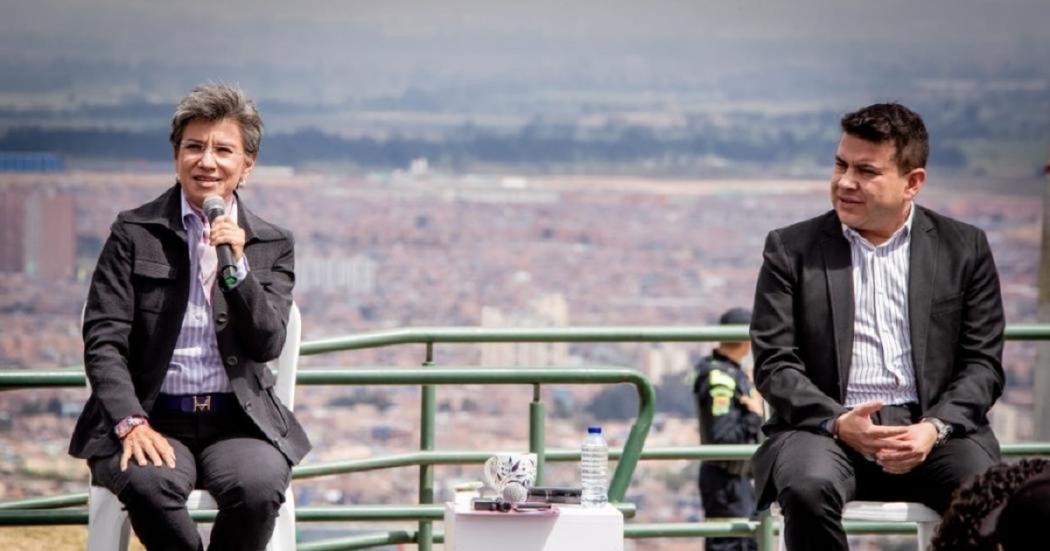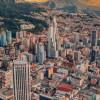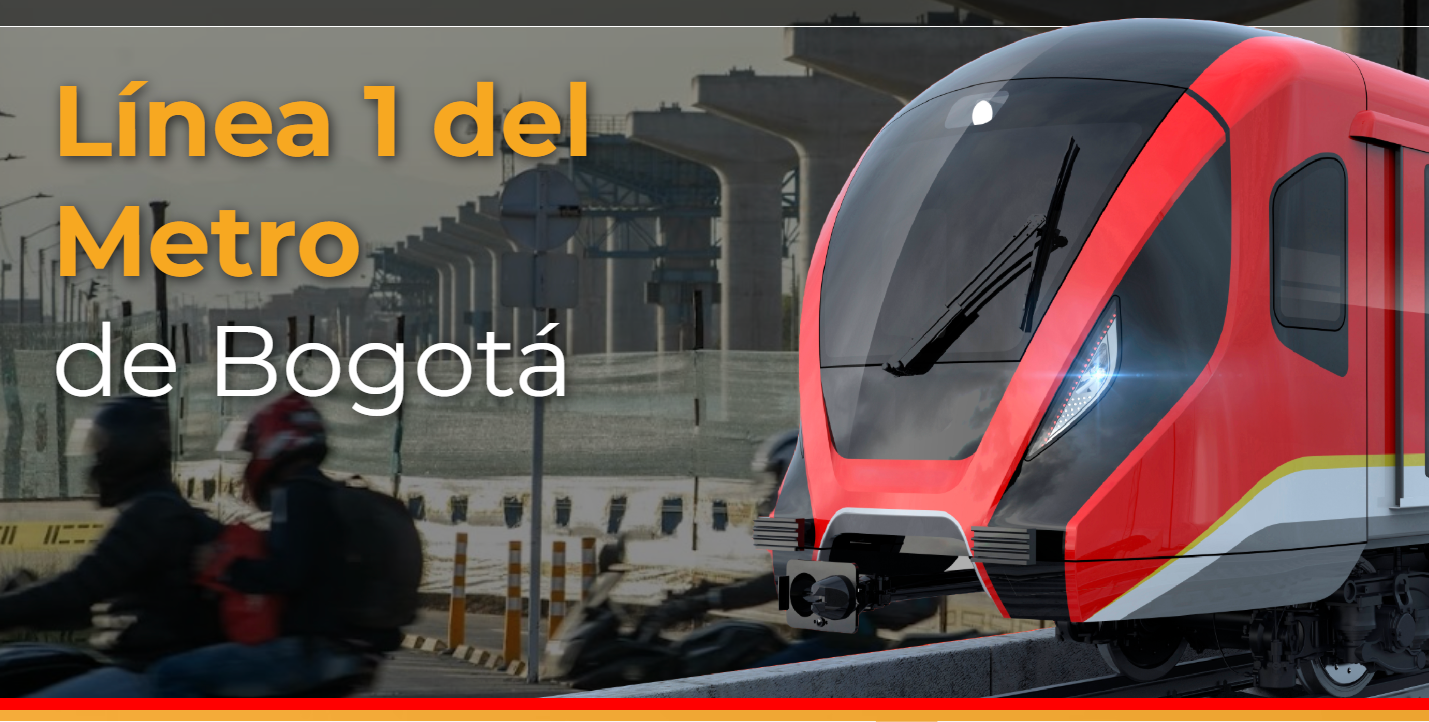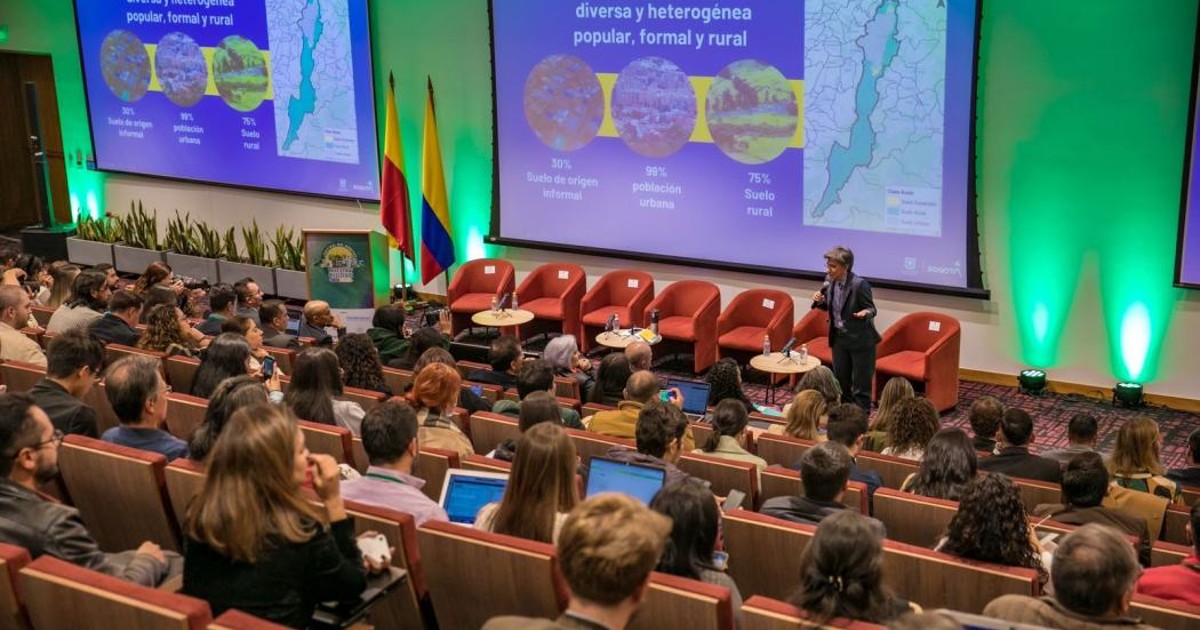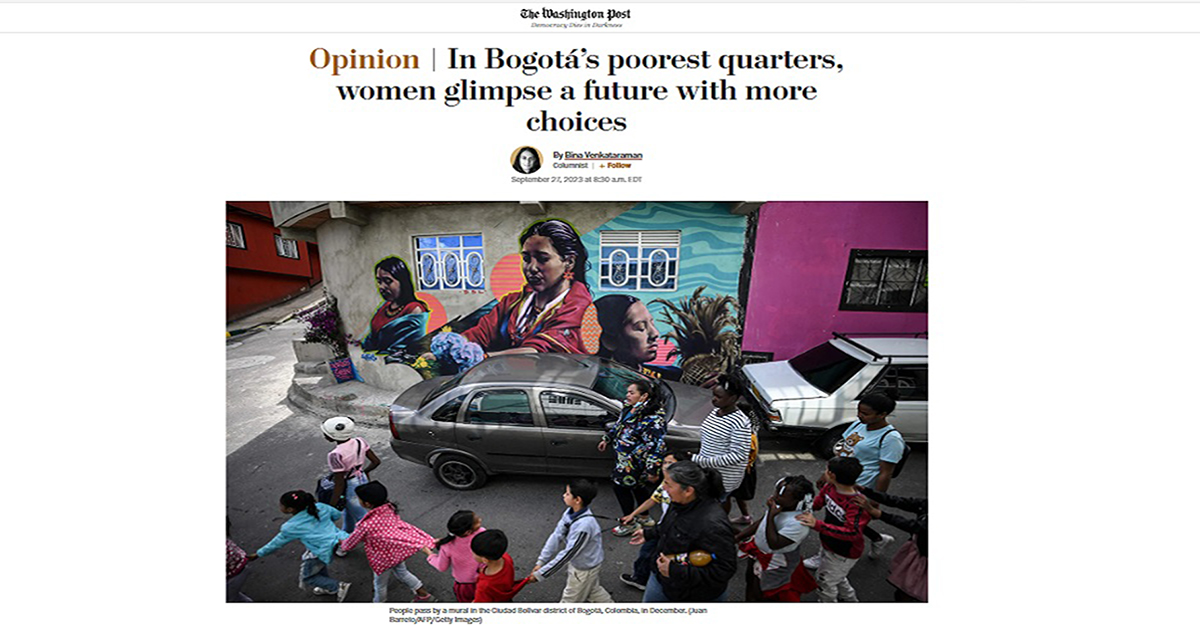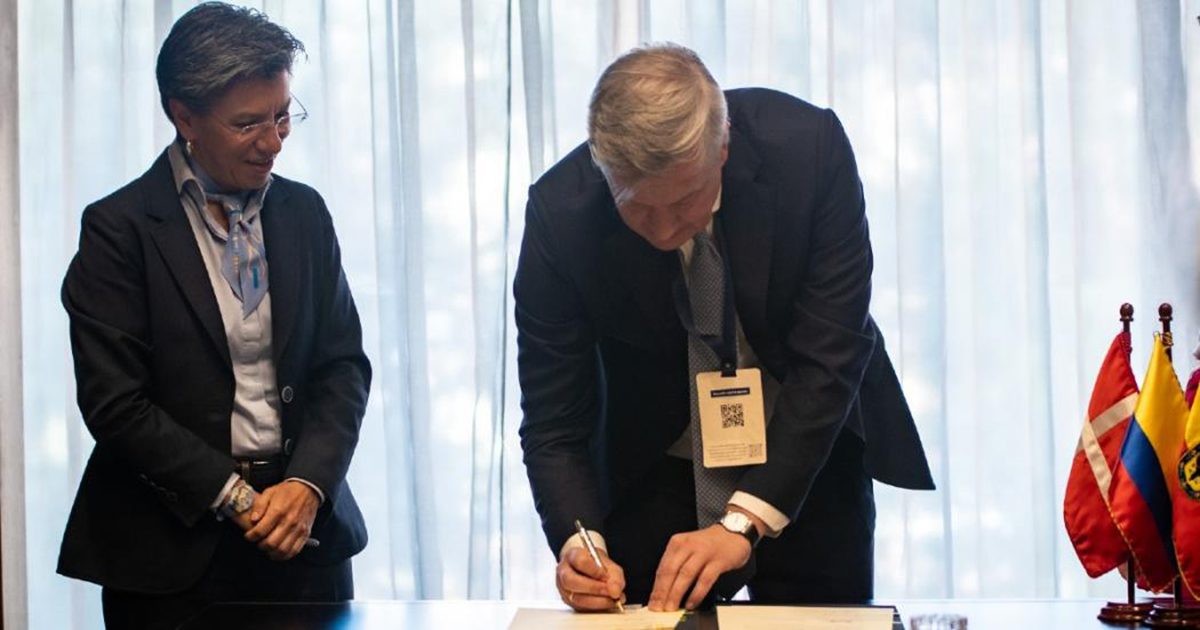In the district of Ciudad Bolívar, located in the southern part of Bogotá, the city will witness the construction of its third electric cable car: the Potosí Cable Car. This project is part of Mayor Claudia López's administration's ambitious plan for multimodal and sustainable infrastructure and mobility in the city.
From the Altos de la Estancia Park, the Mayor unveiled the details of this initiative, which will benefit over 600,000 residents in this area, including 'Altos de Cazucá', a neighborhood on the outskirts of Bogotá, bordering the neighboring town of Soacha. "This is an investment of 1.3 trillion pesos, the largest ever made by Bogotá in electric cable cars and social amenities," she commented.
Mayor López reiterated that the necessary resources are available to carry out this project. According to the project's timeline, the contracts for studies, designs, and construction will be awarded by December of this year. "And in 2027, after the designs, studies, and construction, the Ciudad Bolívar area will welcome the Potosí Aerial Cable Car. Its construction will begin in 2025," she emphasized.
In Mayor Claudia López's recent post, she provides further insights into the Potosí Cable Car project, highlighting its benefits for both Bogotá and Soacha residents:
Hoy es día muy feliz para nuestra Región Metropolitana Bogotá - Cundinamarca.
— Claudia López Hernández (@ClaudiaLopez) October 3, 2023
Los habitantes de la localidad de Ciudad Bolívar y de los barrios de Cazucá y Ciudadela Sucre del municipio de Soacha, reciben una gran noticia: gracias a los impuestos de los bogotanos, destinaremos… pic.twitter.com/Sim2pkZs0f
During the project presentation, Mayor Claudia López emphasized that the construction of the cable car would lead to an urban revitalization process in the area. Therefore, the 1.3 trillion pesos investment is divided into 780 billion for the cable car itself and an additional 587 billion for the community's essential amenities.
"In addition to the Potosí Aerial Cable Car, we are bringing 587 billion pesos in investment for two new schools, two new childcare centers, more community centers, a Care Block with comprehensive services for women, cultural and sports facilities, an environmental classroom, spaces for work, study, and entrepreneurship," the mayor stated.
Thanks to this new electric and sustainable transportation system, residents of this area will save approximately 40 minutes in their daily commutes, with an estimated travel time of just nine minutes from the Potosí area to the Portal del Sur station of the TransMilenio system.
"The Cable Car arrives so that the families who currently spend 40 minutes descending from these mountains, wonderful, hardworking, humble people who have built their neighborhoods and homes brick by brick, with the dream of providing a dignified life for their children, will no longer have to spend so much time coming down to the Portal del Sur. Instead, they will only take nine minutes on a clean and modern electric cable car," expressed the Mayor.
The aerial cable car will have a length of approximately 3.4 kilometers and will feature four stations: Portal Sur, Tres Reyes, Santa Viviana, and Potosí. "This is a comprehensive community and social development project. The first station will connect with La Estancia, then it will ascend to the Tres Reyes station, followed by Santa Viviana, and finally, it will reach Potosí," Mayor Claudia López reiterated.
The estimated investment for the construction, oversight, and property acquisition for the transportation system is 780 billion pesos. The project relies on the results of feasibility studies conducted in 2022 and 2023, as part of a collaborative agreement between the Urban Development Institute (IDU) and the Agence Française de Développement (AFD).
On October 12th, the bidding process for the design and construction of the Potosí Aerial Cable Car will open, with the goal of awarding this significant project for the city and the region by December of this year. Following the completion of the study and design phase, the cable car construction will take two years. This work is planned to be carried out between January 2025 and January 2027.
Starting in 2027, thanks to this cable car, the population of Ciudad Bolívar and neighboring Soacha will have easy access to other transportation systems such as TransMilenio and the future third Metro line. "We have decided to make this investment, funded by Bogotá's budget, on the border with Soacha, so that both Ciudad Bolívar and Soacha can enjoy it," Mayor Claudia López commented.
Regarding the collaborative efforts with Cundinamarca Governor, Nicolás García, and the establishment of the Metropolitan Region, the Mayor added, "We have received requests from Soacha to create a new public transportation agreement, Integrated Transportation System Routes connecting us with other municipalities, and the response is that we are ready to collaborate on transportation, but the law requires us to do it not bilaterally, but through the Metropolitan Region."
In her speech, the mayor emphasized that the Metropolitan Region and the Bogotá Metro project had no turning back. She stated, "The Metro has already been contracted, has undergone studies and designs, and has over 4,200 people working on it. It's already more than 25% complete. The Metro will definitely debut in 2028."
In response, the Governor of the Cundinamarca department, Nicolás García, pointed out that Bogotá is surrounded by the 116 municipalities within the department, saying, "It's surrounded by love and affection from us." He added, "We have many shared projects, and this 1.3 trillion investment is marvelous for this area, on the borders with Soacha. This region works with actions, works with projects, works together as it should, like siblings, like the people of Bogotá and Cundinamarca, who are one."
Urban Revitalization Process
In addition to the Cable Car project, there is a plan to embark on an urban revitalization process through various public entities in the city. The goal is to reclaim public spaces and maximize the benefits that this project will bring, ultimately transforming the lives of the residents in this area.
The component of the IntegralRevitalization Project includes nine corridors of sustainable and safe mobility, in which an area of nine critical points of 133,373 m² and 636 road segments will be intervened.
Additionally, it includes four nodes of equipment for care that have been structured to generate social services required in the territories to reduce inequalities, increase the guarantees of the well-being of the population, and enhance the operation of the transportation system.
This comprehensive project includes five intervention points for the revitalization of public spaces for meeting, in an intervention area of 11,021 m² where five parks are to be improved. The urban revitalization of the Potosí cable began in the second half of 2022, and already has a territorial diagnosis, identification of social actors, and preparation of the list of projects that will be part of the urban revitalization for this territory.
Mayor Claudia López explained that, for the project's development, the city will need to acquire between 400 to 500 properties for the new facilities. She stated, "We are going to acquire some properties, and I want to reassure the community that they should be at ease because we will buy at fair prices. They will have decent housing. We will implement the 'Terraces Plan' in the same cable car area, so that all families know that not only will we purchase their properties at fair prices, but also with that money, they can acquire new and improved housing."
Overview of Potosí Aerial Cable Car
The Potosí Aerial Cable Car will span a distance of 3.4 kilometers, featuring four stations: Portal Sur, Tres Reyes, Santa Viviana, and Potosí. It will greatly enhance the mobility of over 600,000 residents in the southern part of Bogotá. Its construction contributes to sustainable, multimodal mobility and responds to a need of the residents of this area.
With a capacity to transport 4,000 passengers per hour in each direction using 189 cabins (with 10 passengers per cabin), the estimated travel time for each trip is reduced to just 9 minutes, resulting in a substantial 40-minute reduction in travel time.
The construction of aerial cable cars represents a transportation solution and system that fosters development and opportunities in hard-to-reach areas, improving connectivity between peripheral and rural sectors with the city center. These initiatives will help make 'Bogotá Región' a model of inclusive, sustainable, and multimodal mobility.
Below is the transmission of the presentation of the Potosí Aerial Cable Car:
